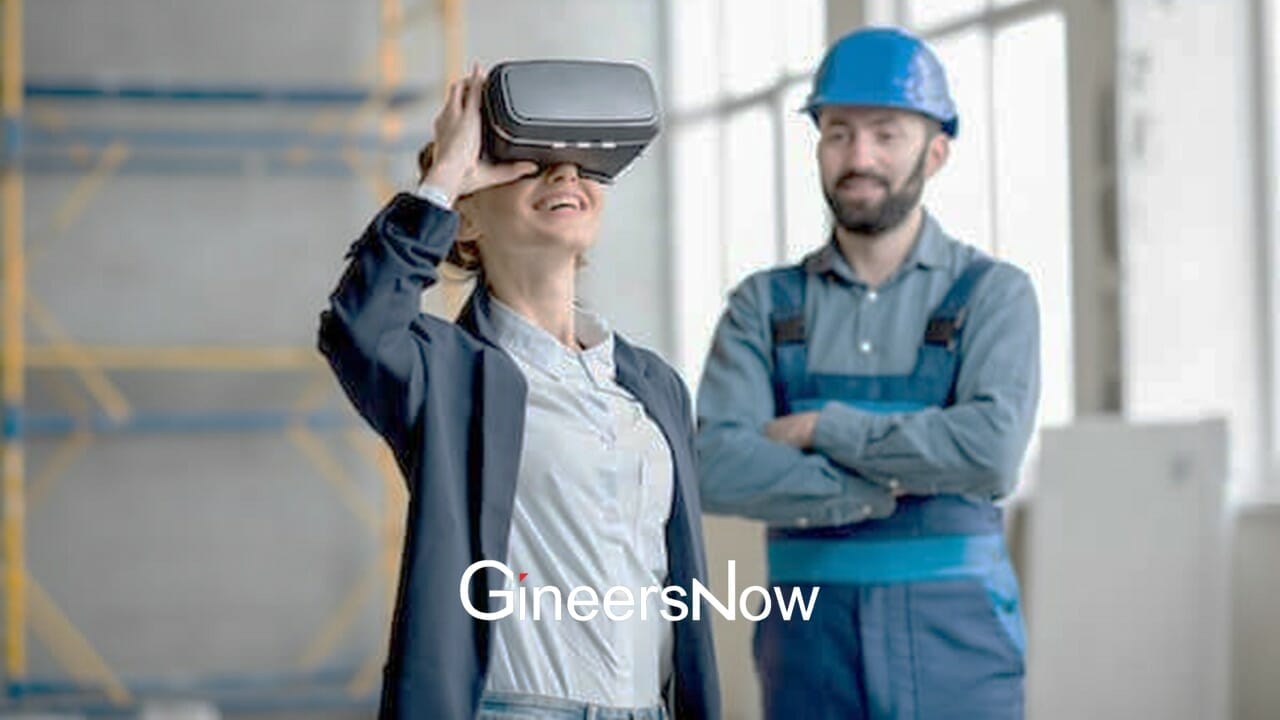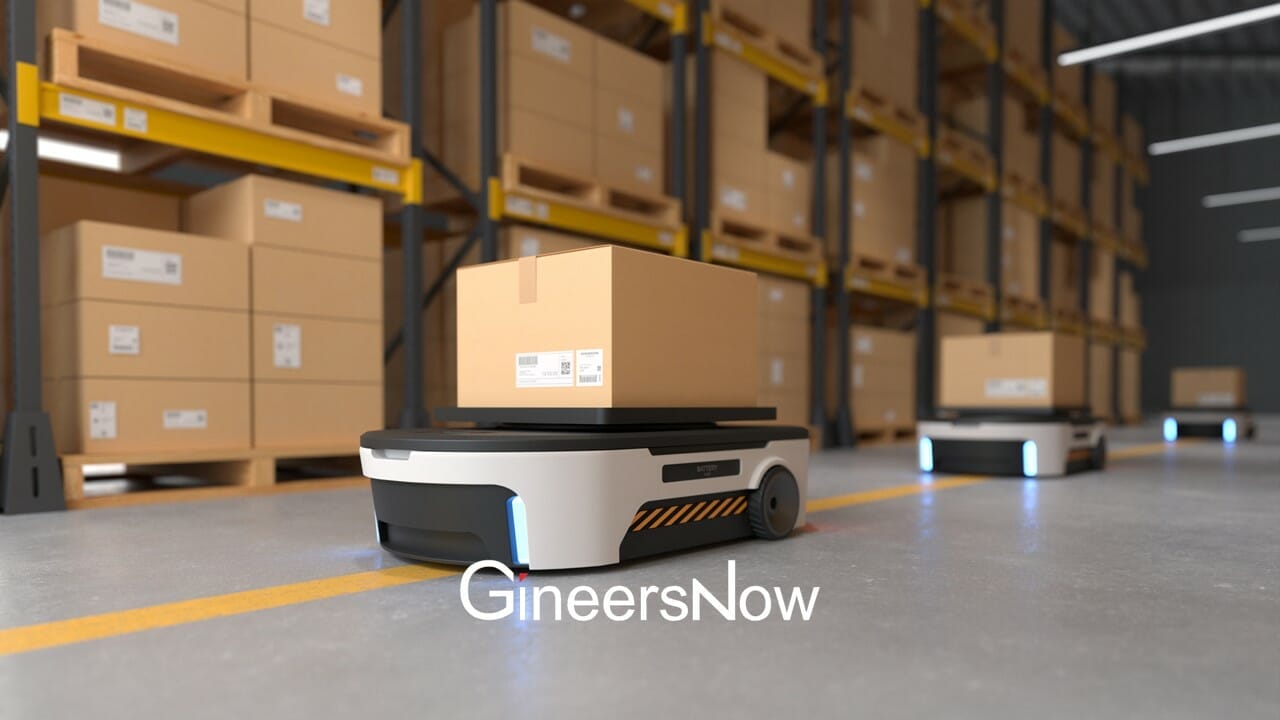Engineering
The way engineers work has always been influenced by technology, especially technology that makes things easier and safer. The new technologies in engineering can also help engineers see problems from a new angle and help them solve problems in ways they would not have thought of before. With the emergence of new technology, engineers not only have to learn how to work with them, but they must also learn how to use these design, engineering, and product development tools to ensure they can collaborate with the machines they work with.
Artificial Intelligence
Artificial Intelligence (AI) is one of the fastest-growing technologies right now and there is no doubt that it is changing engineering. It helps engineers work with robotics in areas that are too dangerous to venture into, process huge amounts of data, as well as automate some of their tasks.
Engineers will need to learn how to work with AI if they would like to take full advantage of everything it has to offer.
Robotics
While there is always the fear that robots will take over, they are being used to help in areas where humans would hit their limits fast. These include helping in areas where physical strength is required or in areas where demolitions take place to avoid the chances of humans getting hurt.
Although these tasks may seem primitive right now, robots will get better at cognitive and computational tasks, especially as the use of AI in robotics matures.

3D Scanning and Printing
3D printing is a way of printing three-dimensional objects using various materials and techniques. 3D printing is changing the way engineers design and manufacture different parts and products. It is also changing quality control and assurance so engineers know that the parts they are working with are flawless. Due to its versatility, 3D printing has been used in healthcare, aviation, and even in civil engineering to come up with models before buildings are designed or other projects started.
3D printing is often accompanied by 3D scanning. 3D scanning uses various techniques to come up with models of objects in software. 3D scanning is being used to replicate products so they can be improved, to ensure they are designed to specifications before the production process begins, or even to assess the progress of civil engineering projects. For example, by 3D laser scanning buildings, civil and structural engineers can compare how much has been done and how much is left to do. This can also be done remotely so an investor does not have to be on the ground to see how their project is coming along.
Generative Design
Generative design uses AI to come up with design solutions that would otherwise have been impossible, especially where time is limited. Generative design uses the computing power of the cloud and software to run through all possible design combinations and come up with thousands of design options using parameters provided to the algorithm by an engineer. The engineer then selects the best design solutions and explores each of them to see which one would work best.
The intertwining of technology and engineering is likely to continue as engineering continues to rely on technology to make things easier, better, and safer. This dependence of engineering on technology is what has seen the increasing use of technology in engineering applications.
















